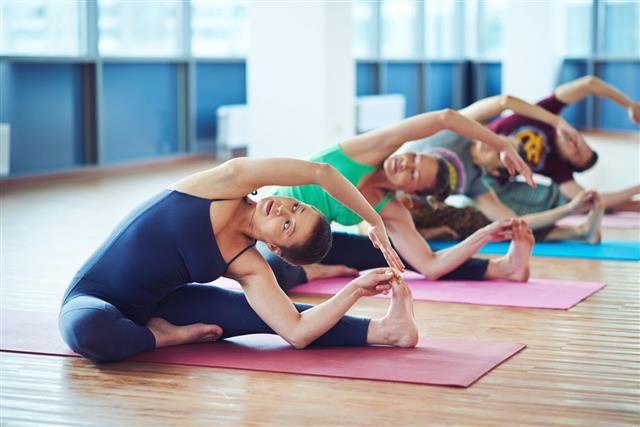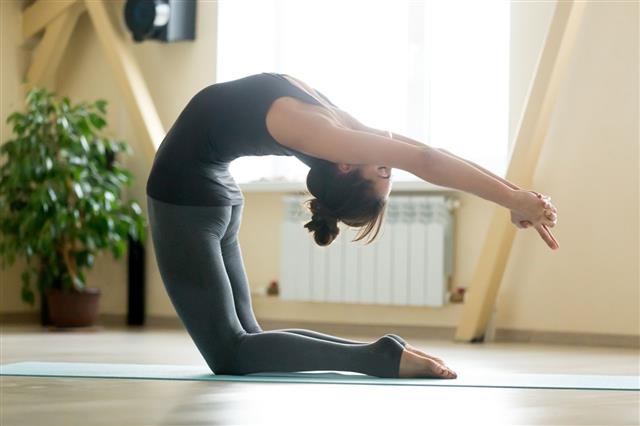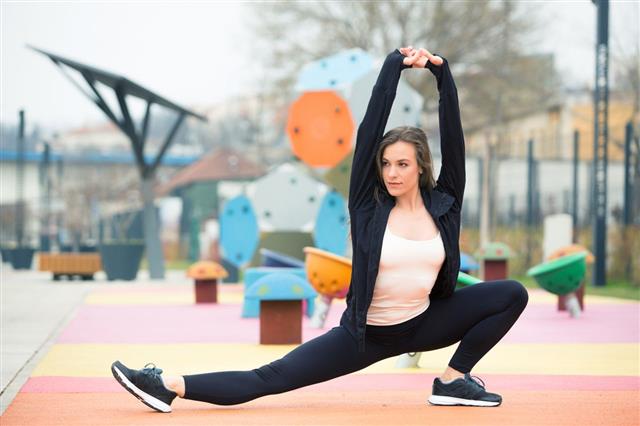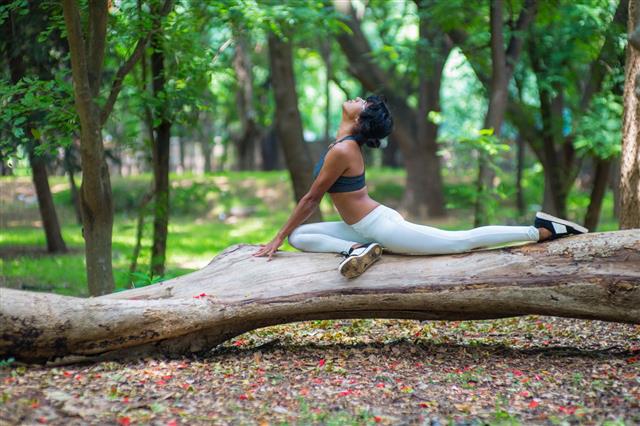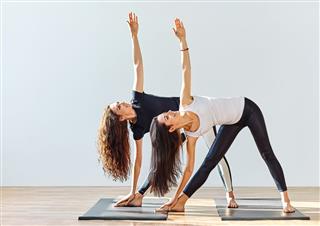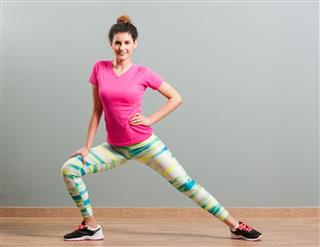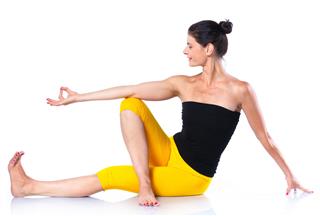
Ballistic stretching is helpful in improving dynamic flexibility, but as it pushes the muscles beyond their healthy range of motion, the possibility of injury is pretty high. The following FitnessVigil article elaborates more on the pros and cons of ballistic stretching.
Did You Know?
A 5-10 minute warmup routine is very important before engaging in ballistic stretching.
Ballistic stretching involves a set of stretching exercises that pushes your muscles past their normal range of motion. It involves repeatedly moving a part of the body in a jerky or bouncing fashion in an attempt to stretch the associated muscles beyond their normal limits. The sitting toe stretch, shoulder rotations for baseball pitchers, and stretch kicks for martial artists are some examples of ballistic stretching.
Generally popular among athletes and sportsmen, this is an intensive form of stretching routine that may be recommended as per the specific needs of each individual sport. Let us take a closer look at its advantages and disadvantages.
Advantages
A study was conducted to evaluate the performance of basketball players, who did either static or dynamic stretches before starting a game. It was observed that flexibility improved in both groups. However, players who performed the pregame routine of ballistic stretching were better at acute vertical leaps. So, the study recommends that players wanting a strong vertical leap should perform pre-workout ballistic stretching. Certain other advantages of ballistic stretches are as follows.
Improves Dynamic Flexibility
As it is a combination of stretches and movements, ballistic stretching assists to enhance dynamic flexibility. Professional athletes usually do not restrict their warm-up sessions to static stretches but combine them with ballistic stretches to improve their movement. This stretching method also helps improve mobility, which is crucial to groom the body for high impact activity.
Pushes the Body Beyond its Comfort Zone
Unlike static stretching (non-movement stretches) that helps you achieve your normal range of motion, ballistic stretching prepares your body to go beyond the comfort zone and handle it effectively. It trains your body for the upcoming explosive movements in sports like soccer, sprinting, basketball, volleyball, and gymnastics. In fact, simply doing static stretches is not the proper way to train for gymnastics as it can reduce the performance. So, for any physically intensive activities, a quick warmup of ballistic stretches is a must.
Provides Muscles With a Wider Range of Motion
A pre-workout ballistic stretching session involves movements in different planes of motion. The stretching done along with movements prepares the muscles for a wide range of motions. This is especially useful before performing a high impact activity.
Boosts Motor Performance of Muscles
The speed of movement and momentum required to achieve ballistic stretches is helpful to boost motor performance of muscles on the field. It essentially emulates the actions that are specific to that sports. This ensures that you are more comfortable performing those movements on the field, in turn assisting to improve your game.
Disadvantages
Increased Risk of Muscle Injury
Ballistic stretching has been associated with increased risk of muscle injury. The quick bouncing action can be damaging to the muscles. These sudden jerky movements stretch your muscles and joints beyond their capacity. This can generate excessive tension in the muscles. So, a possibility of muscle tear while doing ballistic stretches is very real.
Increased Muscle Soreness
This type of stretching tends to overextend the associated muscle, which can be injurious. So, in an attempt to increase the range of motion, you may actually hurt your muscles. This extended range of motion also damages the associated connective tissues. No wonder, experts often say that in ballistic stretching the probability of muscle soreness is higher than static stretching.
Often Performed Incorrectly
As ballistic stretches compel your body to go past its usual limit of motion, experts warn that the risk of injury cannot be overlooked. However, often, ballistic stretches are executed in an improper way, which is found to be one of the main reasons behind the reported injuries. For instance, doing the stretches too hard or too quickly may cause injury. Performing these stretches with controlled movement and amplitude can certainly be beneficial for athletes.
Considering the associated risks, it is advised to perform ballistic stretches under the guidance of a personal trainer. In case, you are not comfortable including ballistic stretching in your exercise routine, you can always add a combination of dynamic and static stretches to be on the safer side.
Disclaimer: The information provided in this article is solely for educating the reader. It is not intended to be a substitute for the advice of a certified fitness trainer.

